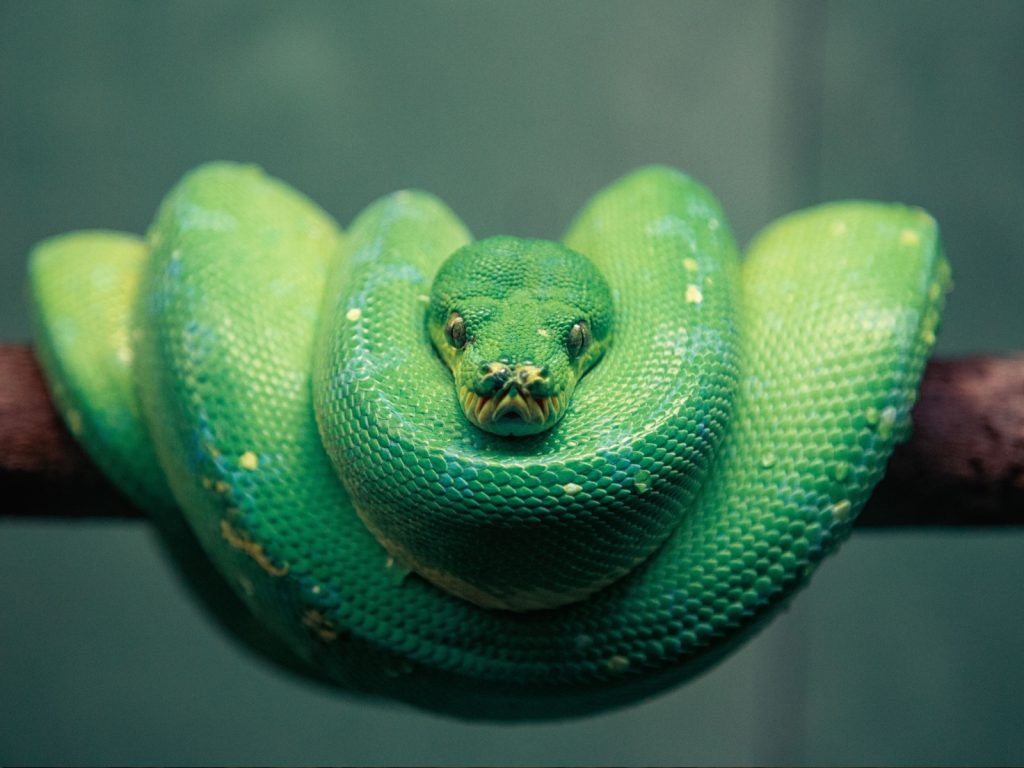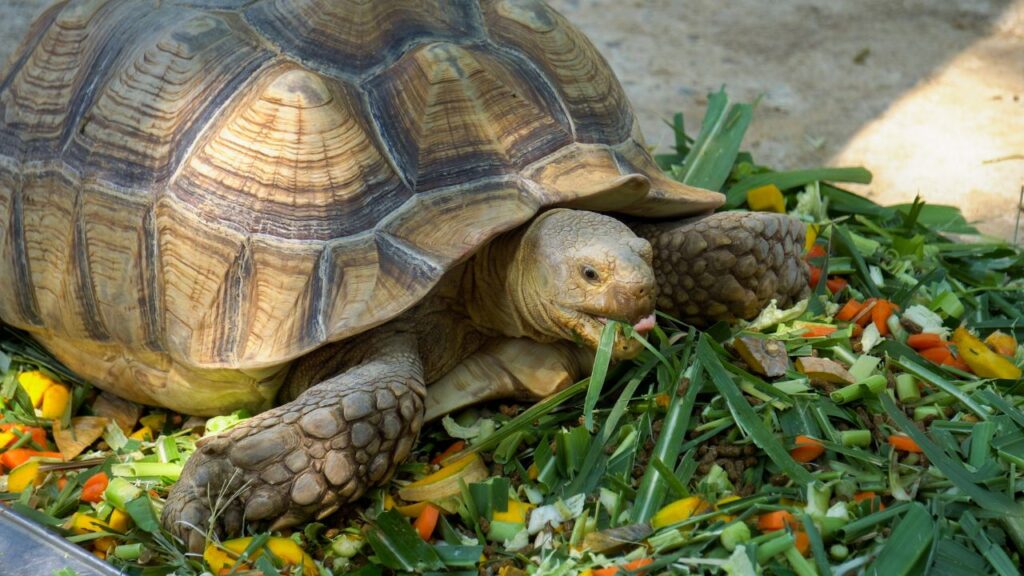The Amazon River, winding through the heart of South America, is home to an astonishing array of aquatic life. Some of these creatures, however, are far from friendly. From razor-toothed fish to massive serpents, the Amazon harbours some of the most fearsome freshwater predators on Earth. These river monsters thrive in the murky waters and dense vegetation of the world’s largest river system. The wild-hearted adventurer in me has always wanted to explore the Amazon and see some of these amazing creatures first-hand. I haven’t gotten there quite yet, but I one day! Here are 14 of the deadliest creatures lurking beneath the surface of the mighty Amazon.
Electric Eel
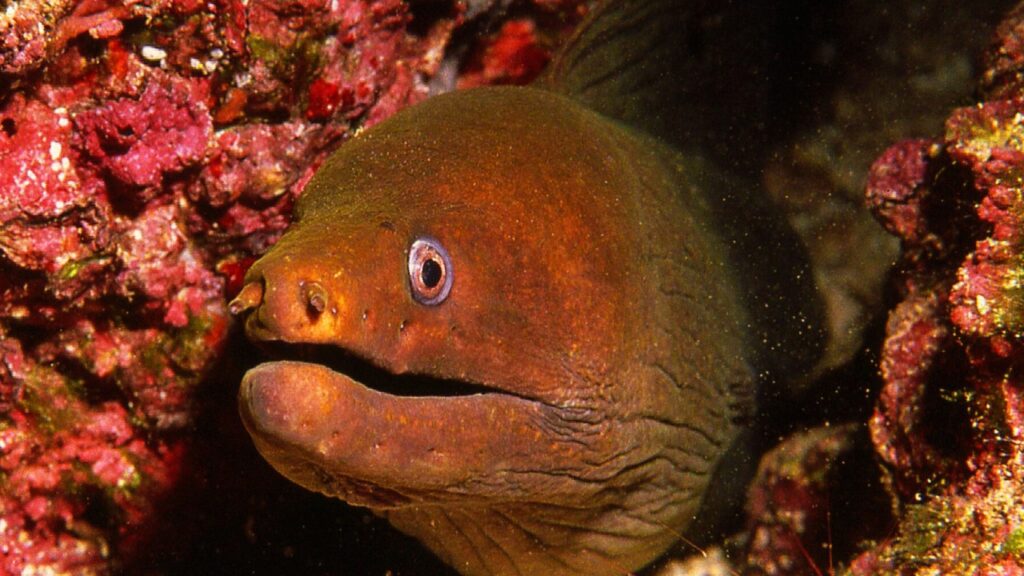
The electric eel is not actually an eel, but a knifefish that can generate powerful electric shocks. These shocks, reaching up to 860 volts, are used to stun prey and deter predators. While human deaths are rare, their shocks can cause heart failure in extreme cases. Electric eels can also use their electrical abilities to track prey in murky waters, making them highly efficient hunters.
Black Caiman

The black caiman is the largest predator in the Amazon Basin, growing up to 6 metres long. These massive reptiles prey on fish, birds, and mammals, including jaguars and humans. They’re known for their aggressive behaviour and powerful jaws. Black caimans have a bite force estimated at 2,500 pounds per square inch, strong enough to crush a small boat.
Red-Bellied Piranha
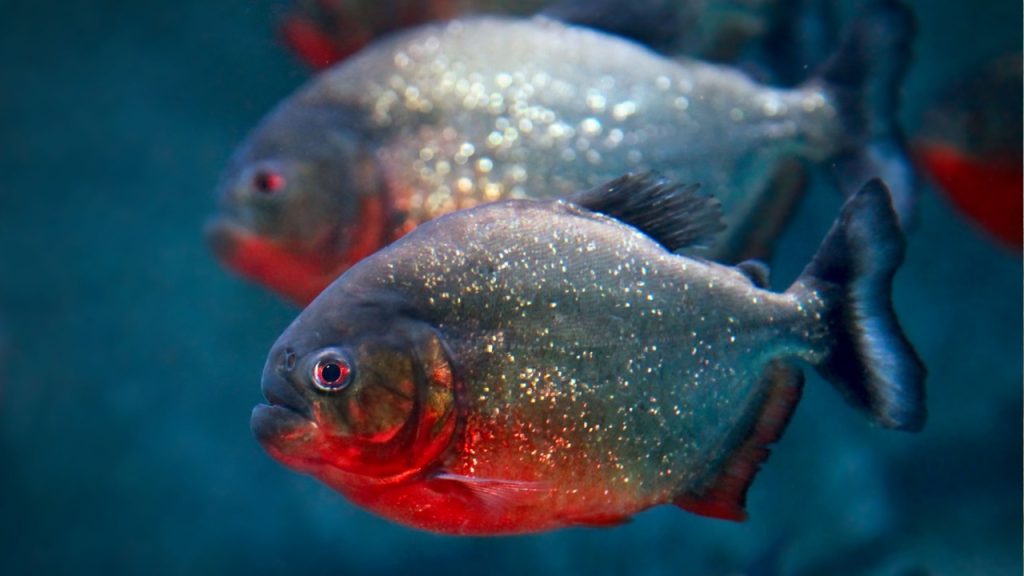
Despite their exaggerated reputation, red-bellied piranhas are indeed formidable predators. They hunt in schools, using their razor-sharp teeth to tear flesh from their prey. While they rarely attack humans, their bite can cause serious injury. Piranhas can strip a large animal to the bone in minutes, thanks to their powerful jaws and razor-sharp teeth that interlock perfectly.
Arapaima
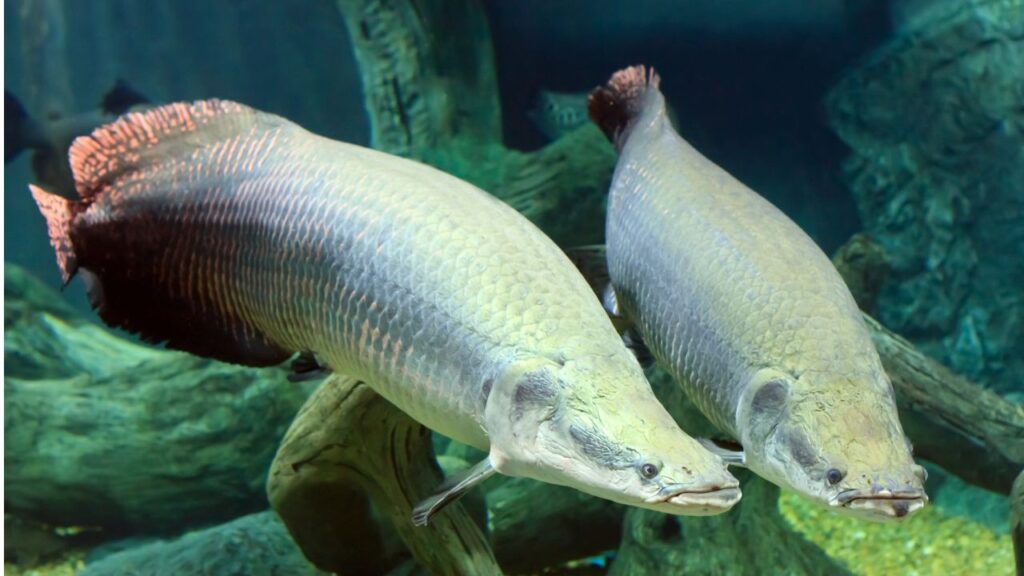
The arapaima is one of the world’s largest freshwater fish, reaching lengths of up to 3 metres. They’re known for their bone-hard scales and powerful jumps out of the water. While not typically aggressive towards humans, they’ve been known to capsize small boats. Arapaima can breathe air, allowing them to survive in oxygen-poor waters and even on land for short periods.
Green Anaconda
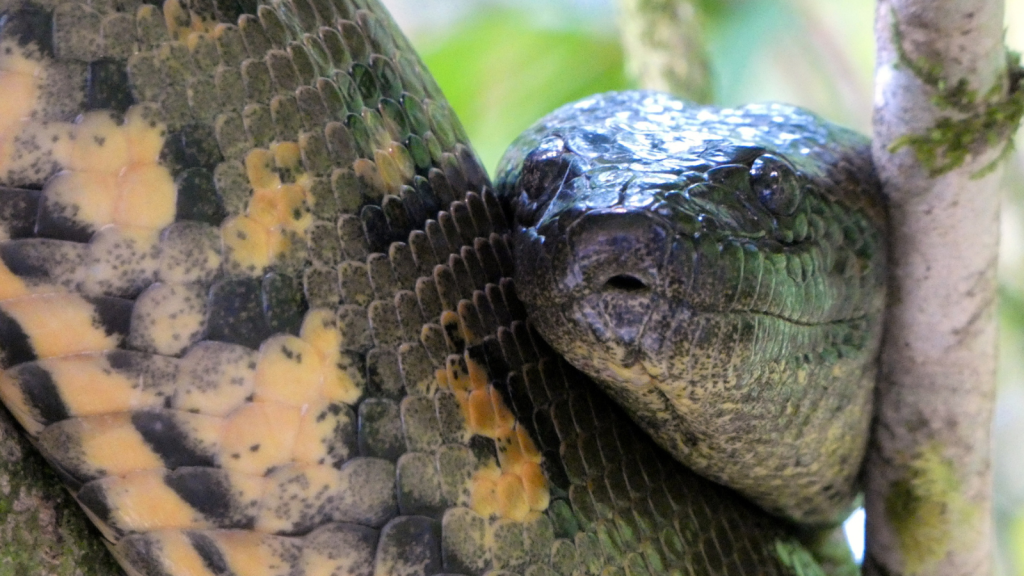
As the world’s heaviest snake, the green anaconda is a top predator in the Amazon. They can grow up to 9 metres long and weigh over 200 kilograms. These constrictors suffocate their prey before swallowing it whole. Female anacondas are significantly larger than males and have been known to eat their mates after breeding.
Payara
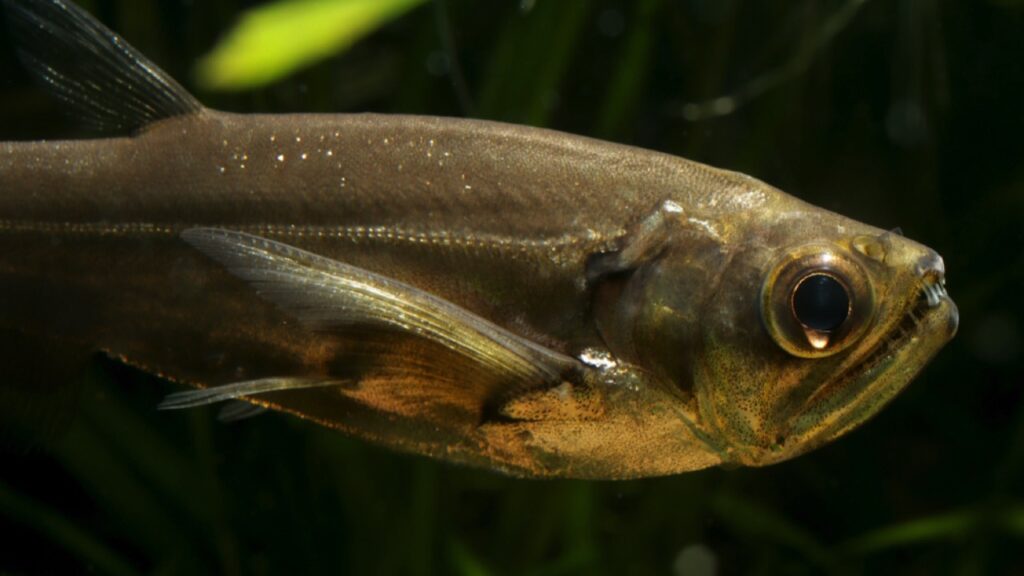
Often called the “vampire fish,” the payara has two large fangs protruding from its lower jaw. These fangs can grow up to 15 centimetres long and are used to impale prey. While not typically dangerous to humans, their bite can cause severe lacerations. Payara are known for their incredible speed and agility, capable of catching fast-swimming fish like piranhas.
Bull Shark
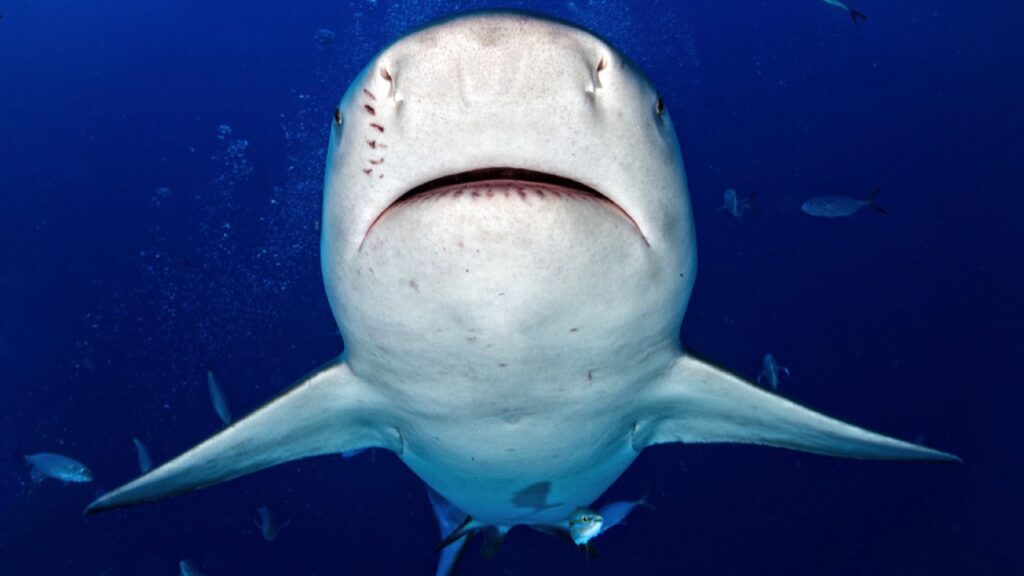
Surprisingly, bull sharks can swim thousands of miles up the Amazon River. They’re known for their aggressive behaviour and ability to survive in freshwater. Bull sharks are responsible for many attacks on humans worldwide. Their unique ability to regulate salt retention allows them to move between salt and freshwater environments with ease.
Giant Otter
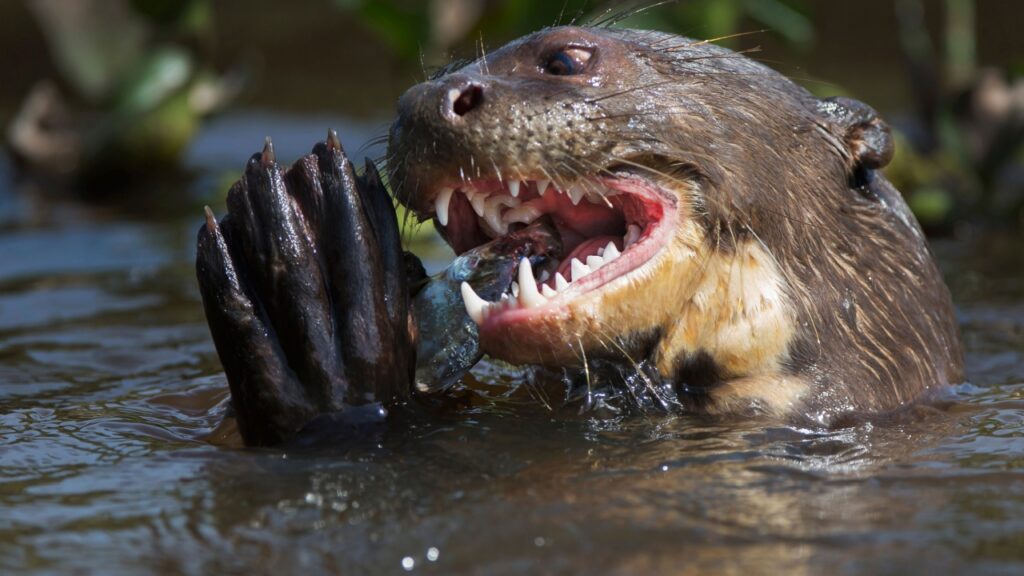
Don’t let their cute appearance fool you – giant otters are fierce predators. Growing up to 1.8 metres long, they hunt in packs and can take down caimans and anacondas. While not typically aggressive towards humans, they can be dangerous if cornered. Giant otters are highly intelligent and use complex vocalizations to communicate within their family groups.
Candiru
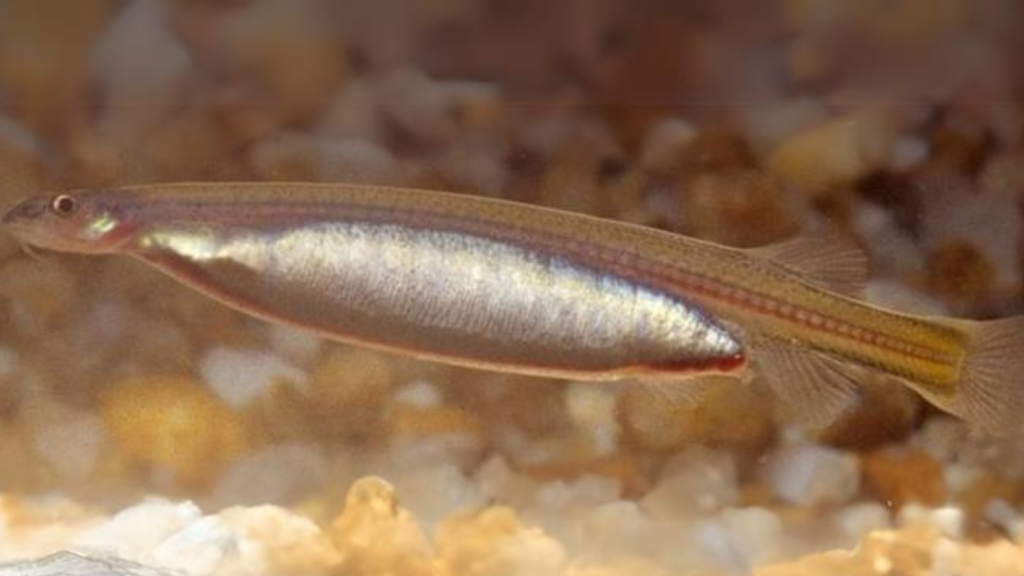
The candiru is a tiny parasitic catfish with a terrifying reputation. While stories of them entering human orifices are largely myth, they can attach themselves to gills of larger fish, causing severe damage. Their presence in the water is a concern for swimmers. Candiru are nearly transparent, making them difficult to spot in the water.
Stingray
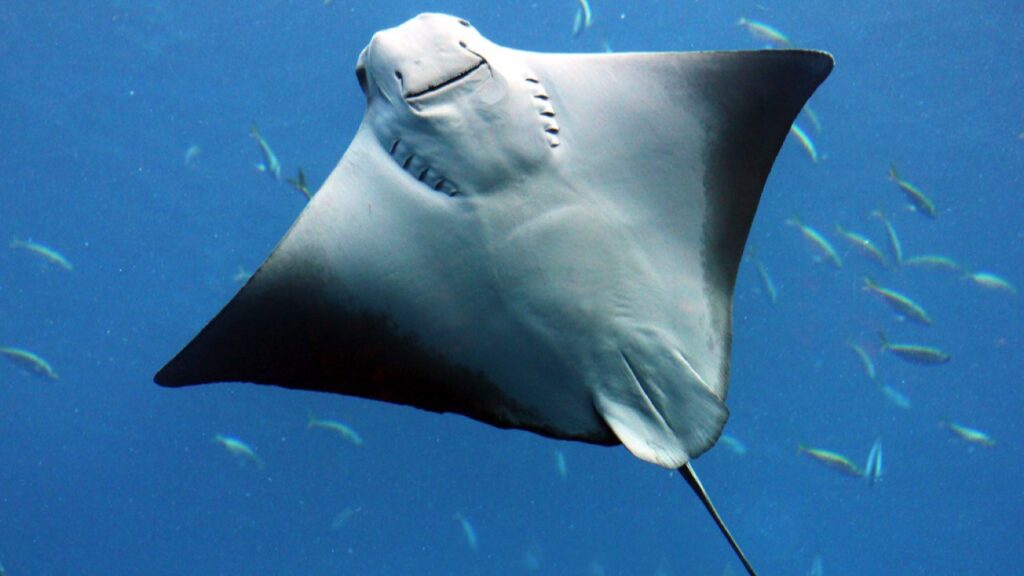
Several species of freshwater stingrays inhabit the Amazon, armed with venomous barbs on their tails. These barbs can cause excruciating pain and potentially fatal injuries. Stingrays are often hidden in the riverbed, posing a risk to waders. Some Amazonian stingrays can grow up to 1.5 metres in diameter, making them among the largest freshwater fish in the world.
Golden Dorado
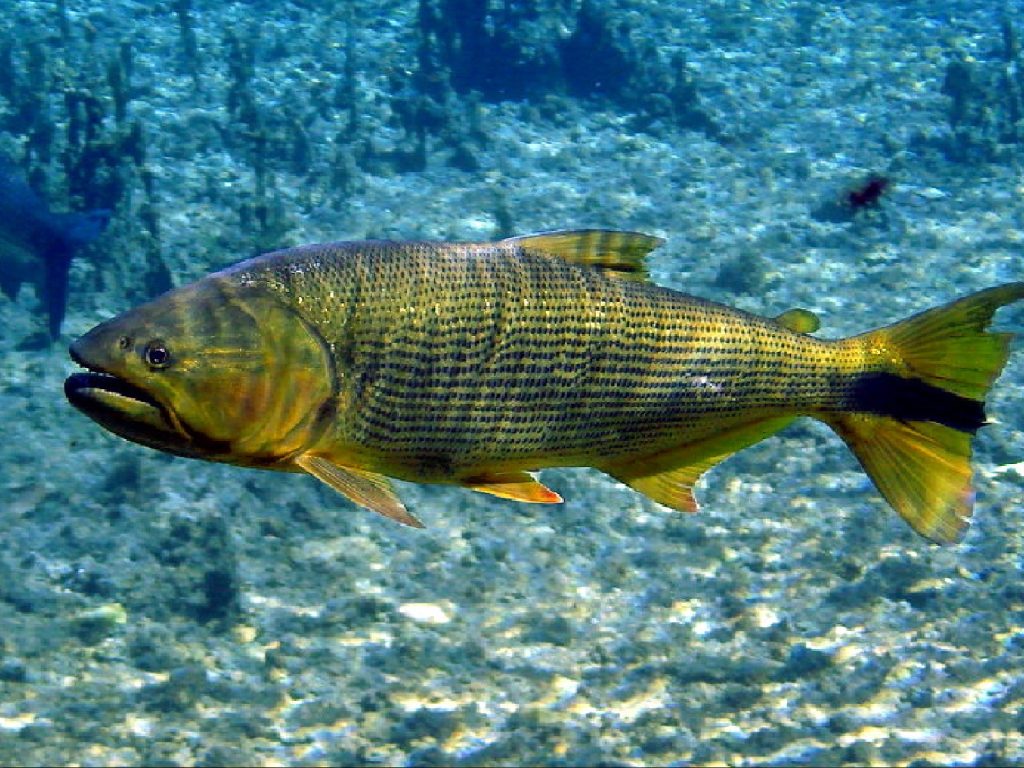
The golden dorado is a ferocious predator known for its powerful jaws and sharp teeth. They can grow up to 1 metre long and are capable of taking down prey larger than themselves. While not typically a threat to humans, their bite can cause serious injury. Golden dorados are prized game fish due to their fighting spirit and spectacular leaps when hooked.
Emerald Tree Boa
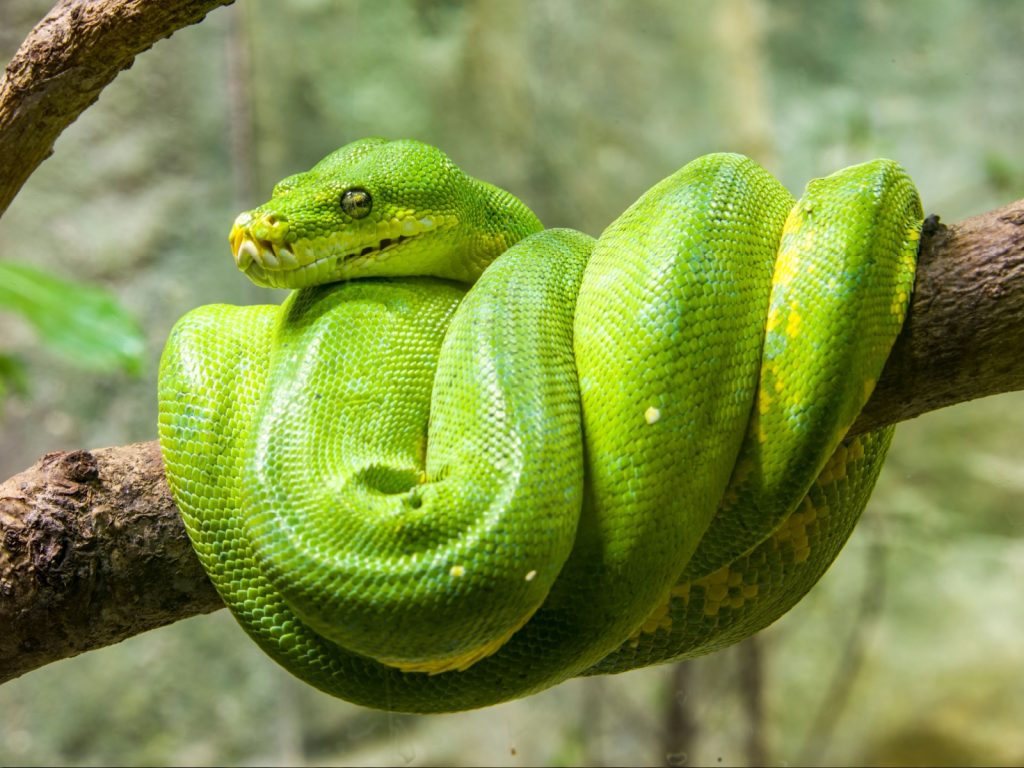
While not strictly aquatic, the emerald tree boa often hunts near water. These beautiful but deadly snakes have long, recurved fangs perfect for gripping prey. Their venom isn’t particularly dangerous to humans, but their bite can be painful and prone to infection. Emerald tree boas have heat-sensing pits that allow them to detect warm-blooded prey in complete darkness.
Pacu
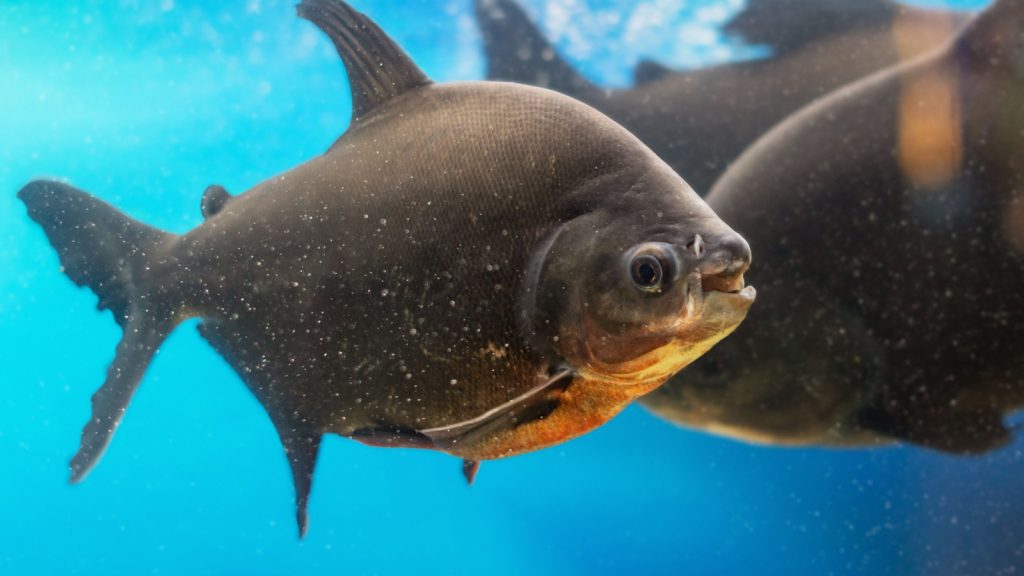
Related to piranhas, pacu fish have powerful, human-like teeth used for crushing nuts and fruits. There have been reports of pacu mistakenly biting swimmers, causing painful injuries. Their presence in the water can be unsettling for those unfamiliar with them. Some species of pacu can grow up to 1 metre long and weigh up to 25 kilograms.
Jaguar
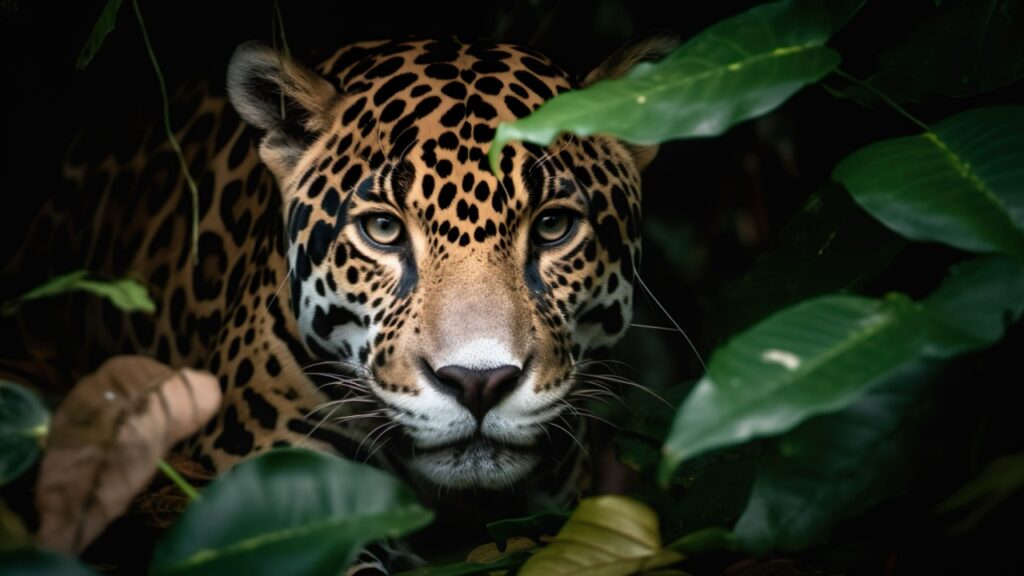
While not an aquatic animal, jaguars are excellent swimmers and often hunt near rivers. They’re the largest cats in the Americas and are known to prey on caimans and other large river creatures. Jaguars rarely attack humans but are potentially deadly if encountered. Unlike most cats, jaguars kill their prey by piercing the skull with their powerful bite, a testament to their incredible strength.

